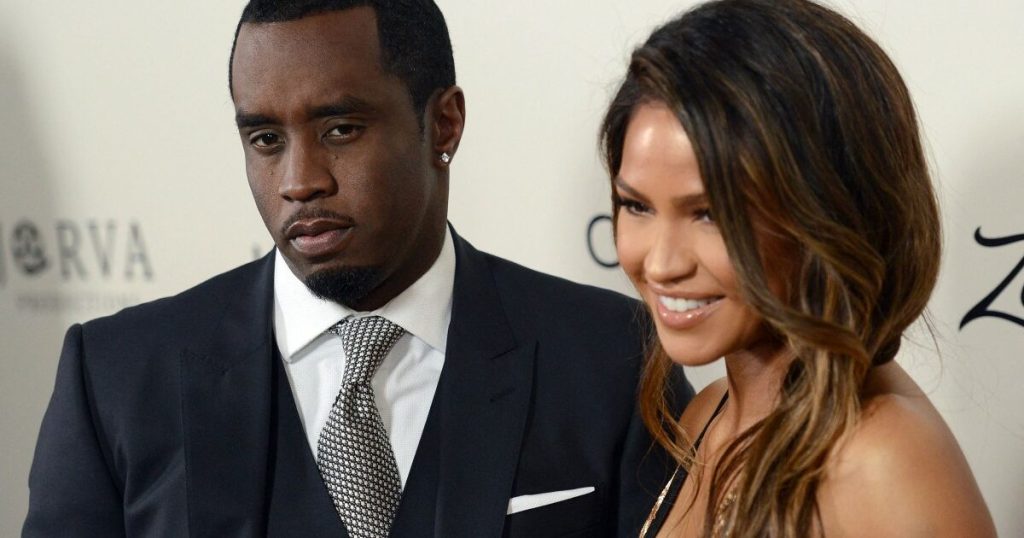Sean “Diddy” Combs, the renowned music mogul, faced a high-stakes trial centered on racketeering and sex trafficking allegations. The prosecution painted a stark picture of Combs as a controlling figure who wielded his power and influence to coerce women into degrading sexual encounters. They argued that Combs orchestrated a criminal enterprise, employing “loyal lieutenants” and “foot soldiers” who facilitated his illicit activities. The prosecution meticulously presented a mountain of evidence, including phone records, financial transactions, travel logs, and audiovisual materials, aiming to establish a pattern of abuse and manipulation. They contended that Combs exploited his wealth and status to silence his victims and evade accountability.
The defense, however, vehemently refuted these accusations, portraying the relationships between Combs and his accusers as complex but consensual “love stories.” Attorney Marc Agnifilo argued that the trial was nothing more than a thinly veiled attempt to extort money from the wealthy music icon. He characterized Combs as a “self-made, successful Black entrepreneur” and emphasized that any instances of domestic violence did not equate to sex trafficking. The defense maintained that the women involved were consenting adults who made their own choices, rejecting the prosecution’s narrative of coercion and fear.
The trial revolved around the testimony of two key figures: singer Casandra “Cassie” Ventura and a woman identified only as “Jane.” Both women had been in long-term relationships with Combs. The defense argued that their sexual interactions, while perhaps unconventional, were consensual. Agnifilo highlighted Ventura’s financial success, suggesting she was hardly a victim, and emphasized her agency in the relationship. He characterized her participation in threesomes and other sexual activities as a chosen “lifestyle” rather than forced servitude. The defense downplayed a video showing Combs physically assaulting Ventura, acknowledging it as an instance of domestic violence but insisting it was unrelated to sex trafficking.
The prosecution countered by presenting evidence that they claimed unequivocally demonstrated sex trafficking. They argued that Combs used threats of reputational damage, physical harm, and financial repercussions to coerce the women into drug-fueled sexual encounters with paid escorts. They emphasized the power dynamics at play, suggesting that the women’s apparent consent was a product of manipulation and fear. The prosecution also presented testimony from a forensic psychologist who explained the psychological mechanisms by which abusers entrap their victims, often making it difficult for them to recognize or escape the abusive cycle. This expert testimony aimed to contextualize the women’s behavior and explain why they might have stayed in the relationships despite the alleged abuse.
The prosecution underscored the importance of looking beyond isolated messages of affection exchanged between Combs and the women. They argued that these messages, when viewed in the broader context of the alleged abuse, did not negate the claims of coercion and manipulation. To drive home this point, the prosecution urged the jury to imagine themselves in Ventura’s position, subjected to years of physical abuse and living in constant fear. They argued that this fear would make it incredibly difficult, if not impossible, to refuse Combs’s demands.
The government presented a range of witnesses to support their case, including former assistants, other employees, escorts, friends and family of Ventura, and a hotel security guard who claimed to have been bribed by Combs. The defense, however, opted not to call any witnesses, including Combs himself. This is a common strategy in criminal trials, as the burden of proof rests on the prosecution. The judge, Arun Subramanian, was tasked with instructing the jury on how to apply the law to the evidence presented, guiding their deliberations toward a verdict. The case ultimately hinged on the jury’s interpretation of the complex and often conflicting evidence, and on their assessment of the credibility of the accusers and the defense’s arguments about consent versus coercion.


